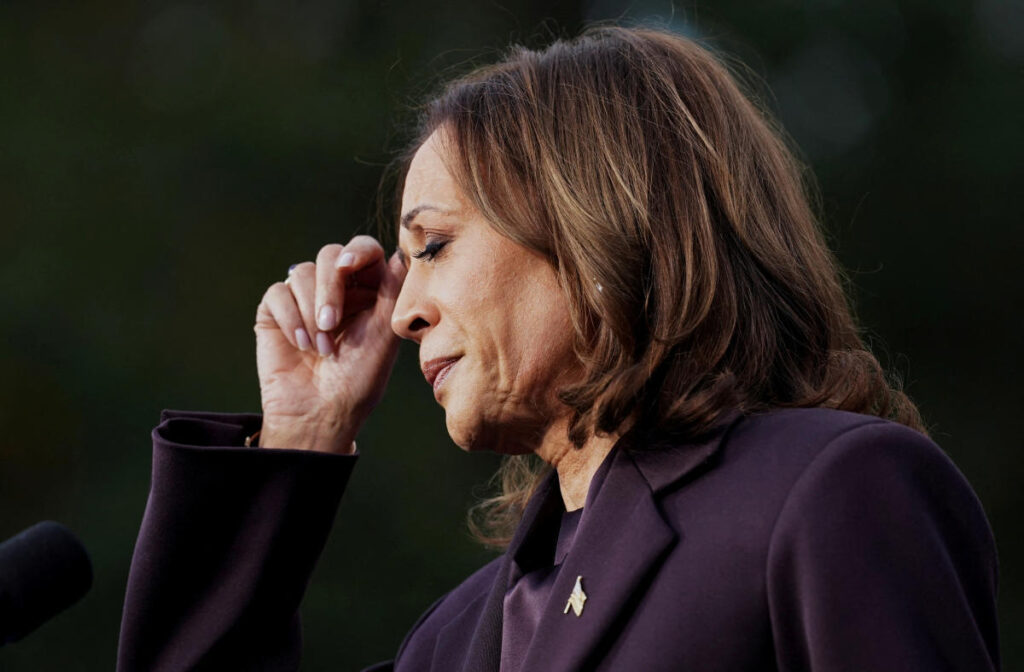In the aftermath of the 2024 presidential election, the Democratic Party finds itself grappling with the implications of Kamala Harris’s defeat to Donald Trump, a convicted felon with a controversial history. Significant shockwaves ripple through the party, as many Democrats struggle to comprehend how their candidate, previously viewed as a viable contender, could lose to someone whose reputation heavily leans on demeaning minorities and women. The explanation for this surprising outcome runs deep into the party’s recent responses to the diverse political landscape of the United States. For much of the past decade, Democrats have attempted to navigate a wide spectrum of potential voters, from the staunchly liberal to the more centrist factions. This effort has proven problematic, as attempts to appease the progressive base can alienate the moderate and conservative voters crucial to winning national elections.
Harris’s defeat cannot be entirely attributed to any single factor, although her abbreviated campaign, spurred by President Biden’s withdrawal from the race, significantly hampered her ability to successfully engage with voters. Her previous alignment with prominent progressive policies, particularly those championed by Bernie Sanders, further complicated her appeal to centrist voters. Harris’s earlier endorsement of ambitious policies such as the Green New Deal (GND) and Medicare for All played a pivotal role in shaping her narrative leading up to the election. The GND, involving sweeping reforms across energy and transportation sectors to combat climate change alongside social justice initiatives, combined with the universal healthcare promise of Medicare for All, presented ambitions that many voters deemed impractical and overly disruptive to the economy.
The popularity of these progressive ideas can be traced back to Sanders’s unexpected success in the 2016 presidential primaries. Although he was initially perceived as a fringe candidate, his campaign resonated with a significant subset of the electorate that favored substantial wealth redistribution and increased governmental involvement in the economy. Sanders’s candidacy revealed an untapped voter base for progressive policies, leading to other Democrats adopting elements of his platform during the subsequent 2020 election cycle. Despite the voter enthusiasm for such radical ideas, neither Sanders nor other progressives like Elizabeth Warren succeeded in capturing the nomination, with Biden emerging as the more moderate choice. When Harris took the helm as the 2024 candidate, she attempted to distance herself from the progressivism of her past, but this shift was not sufficiently articulated to the public and led to further confusion among voters.
Interestingly, the inconsistency of the Democrats’ messaging led to vulnerabilities. Harris’s retraction of her previous support for key progressive policies, such as the ban on oil fracking—central to the GND—was seen by many as a contradiction without valid justification. This repositioning backfired as voters took note of Harris’s shift, equating her past endorsements with a drain on living standards rather than effective policy measures. Political analysts pointed out that Democrats appeared increasingly out of sync with the broader American electorate, which remains wary of government overreach and skeptical of the effectiveness of massive federal initiatives to address complex socioeconomic issues.
Prominent figures within the Democratic Party, including Sanders himself, argue against the party’s tendency to move toward the center at the expense of its progressive base. Sanders lamented the party’s neglect of working-class constituents, asserting that aligning more closely with progressive ideals is essential for the party’s success moving forward. This perspective highlights a significant tension within the party: should it double down on its progressive aspirations or moderate its stance to attract centrist voters? A closer examination of the numbers suggests that Sanders’s progressivism peaked during his presidential run without establishing a sustainable electoral majority within the party or the general populace.
In the current political environment, Democrats face a profound challenge—how can they reconcile the aspirations of their progressive base while appealing to moderate and conservative voters necessary for electoral victories? The reality of American political sentiment suggests a center-right predisposition among the electorate, raising questions about Democratic strategies that hinge on extensive federal intervention and ambitious policy proposals. This leaves both parties in an awkward position, as neither seems able to fundamentally address the pressing issues of the day effectively. To regain traction, Democrats may need to ground their policies in pragmatism rather than fantasy, acknowledging the limitations of bureaucratic solutions and the stark economic realities facing many Americans the party aims to serve.
Ultimately, the party’s internal dynamics and its candidate choices may lead to a drastic re-evaluation of its approach in future elections. The path forward will likely require a substantive dialogue within the Democratic Party about how to balance the diverse voices of its membership while remaining responsive to the broader electorate’s concerns. In a time when voter sentiment is volatile and party allegiances are shifting, the lessons learned from Harris’s candidacy and the wider implications of the 2024 election saga will play a critical role in shaping the Democratic strategy as they move toward future contests, seeking to unify an often divided constituency while engaging established and burgeoning voter blocs alike.

